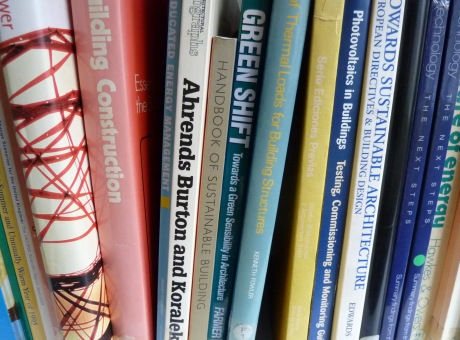Radiative forcing from particle emissions by future supersonic aircraft

1 January 2008
In this work we focus on the direct radiative forcing (RF) of black carbon ( BC) and sulphuric acid particles emitted by future supersonic aircraft, as well as on the ozone RF due to changes produced by emissions of both gas species (NOx, H2O) and aerosol particles capable of affecting stratospheric ozone chemistry. Heterogeneous chemical reactions on the surface of sulphuric acid stratospheric particles (SSASAD) are the main link between ozone chemistry and supersonic aircraft emissions of sulphur precursors (SO2) and particles (H2O- H2SO4). Photochemical O-3 changes are compared from four independent 3-D atmosphere-chemistry models (ACMs), using as input the perturbation of SSA-SAD calculated in the University of L'Aquila model, which includes on-line a microphysics code for aerosol formation and growth. The ACMs in this study use aircraft emission scenarios for the year 2050 developed by AIRBUS as a part of the EU project SCENIC, assessing options for fleet size, engine technology ( NOx emission index), Mach number, range and cruising altitude. From our baseline modeling simulation, the impact of supersonic aircraft on sulphuric acid aerosol and BC mass burdens is 53 and 1.5 mu g/m(2), respectively, with a direct RF of -11.4 and 4.6 mW/m(2) (net RF=-6.8 mW/m(2)). This paper discusses the similarities and differences amongst the participating models in terms of changes to O3 precursors due to aircraft emissions (NOx, HOx, Cl-x, Br-x) and the stratospheric ozone sensitivity to them. In the baseline case, the calculated global ozone change is -0.4 +/- 0.3 DU, with a net radiative forcing (IR+UV) of -2.5 +/- 2 mW/m(2). The fraction of this O-3-RF attributable to SSA-SAD changes is, however, highly variable among the models, depending on the NOx removal efficiency from the aircraft emission regions by large scale transport.
Radiative forcing from particle emissions by future supersonic aircraft. ATMOS CHEM PHYS, 8 (14) 4069 - 4084
Pitari, G; Iachetti, D; Mancini, E; Montanaro, V; De Luca, N; Marizy, C; Dessens, O; Rogers, H; Pyle, J; Grewe, V;Stenke, A; Sovde, OA; (2008)
 Close
Close

